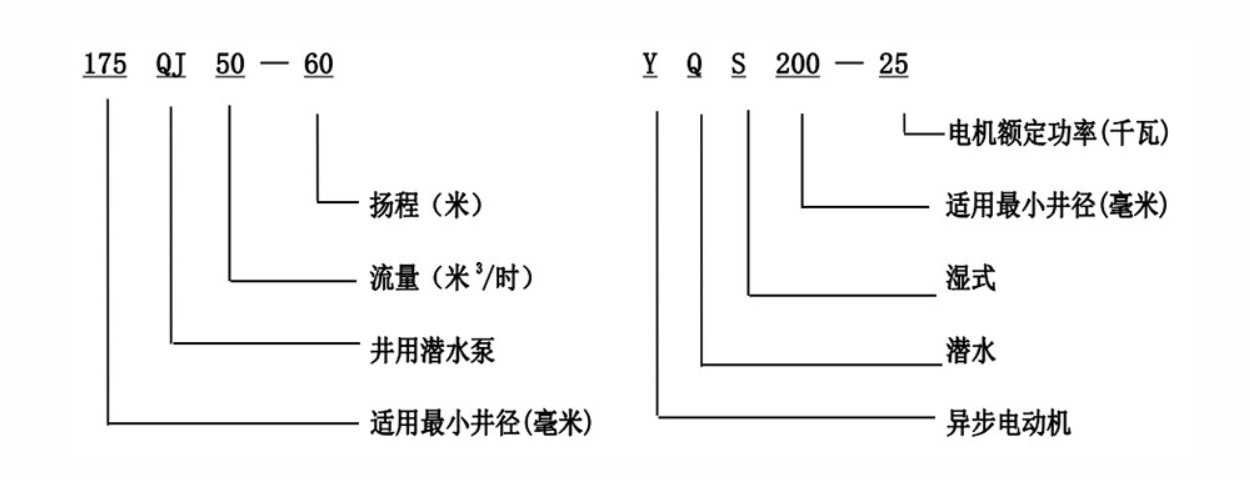Jul . 23, 2024 14:36 Back to list
Guidelines for Safely Extracting Submersible Well Pumps from Water Sources and Managing Risks
Removing Submersible Well Pumps A Step-by-Step Guide
Submersible well pumps are an essential component of many water supply systems, especially in remote or rural areas. They operate by being submerged in water and pushing it to the surface, making them highly effective for deep well applications. However, there may come a time when you need to remove your submersible well pump for maintenance, replacement, or decommissioning. This article outlines the steps involved in safely and efficiently removing a submersible well pump.
Understanding the Components
Before embarking on the removal process, it's important to familiarize yourself with the key components involved. The submersible well pump is typically housed within a protective casing and is attached to various pipes and electrical connections. Understanding how these components interact will help you avoid damage during the removal process.
Safety Precautions
Safety should always be your top priority. Ensure you wear appropriate safety gear, including gloves and goggles. Additionally, it’s crucial to turn off the power supply to the pump at the circuit breaker to avoid any electrical hazards. If your well supplies drinking water, consider putting a sign to inform other users of the operation being performed.
Step-by-Step Removal Process
1. Shut Off Water Supply Start by shutting off the main water supply to the pump. This will prevent any water from flowing while you work, reducing the risk of spills and maintaining a controlled environment.
2. Disconnect Electrical Wiring Carefully remove the electrical connections to the pump. This usually involves disconnecting the wires from the control box. If you’re unsure, take a photo of the wiring before disconnecting, which will help you when reassembling.
removing submersible well pump

3. Remove the Discharge Head The discharge head is the component that connects the pump to the discharge pipe, bringing water to the surface. Loosen and remove any bolts or fasteners securing the discharge head to allow for easy access to the pump.
4. Extract the Pump This step often requires a pump hoist or a similar lifting mechanism. Ensure you have a sturdy strap or pipe to grab onto the pump. Slowly and carefully begin lifting the pump straight out of the well. Avoid twisting or bending the pump while lifting, as this could damage the components.
5. Inspect for Damage Once the pump is out, take time to inspect it for any signs of wear, corrosion, or damage. If you plan to reuse the pump, this is a critical step to determine necessary repairs or replacements.
6. Clean the Well Casing Before installing a new pump, it’s a good practice to clean the well casing. Remove any debris or sediment that may have accumulated, which can hinder the performance of the new equipment.
7. Reinstall or Replace If you are reinstalling the same pump, ensure that any necessary repairs are made, and reconnect the wires as per your earlier photographs. For a new pump, follow the manufacturer's installation instructions for the best results.
8. Test the System Once everything is reconnected and securely fastened, turn the power supply back on and test the system. Monitor for leaks or unusual noises, and ensure the pump is functioning as expected.
Conclusion
Removing a submersible well pump can be a straightforward process if approached methodically and safely. By adhering to safety guidelines and following the step-by-step instructions outlined in this article, you can effectively manage the removal and installation of your well pump. Remember, if at any point you feel uncertain, it's wise to consult with a professional to avoid potential mishaps. Proper maintenance and timely interventions can prolong the life of your submersible well pump and ensure a consistent supply of water.
-
Submersible Water Pump: The Efficient 'Power Pioneer' of the Underwater World
NewsJul.01,2025
-
Submersible Pond Pump: The Hidden Guardian of Water Landscape Ecology
NewsJul.01,2025
-
Stainless Well Pump: A Reliable and Durable Pumping Main Force
NewsJul.01,2025
-
Stainless Steel Submersible Pump: An Efficient and Versatile Tool for Underwater Operations
NewsJul.01,2025
-
Deep Well Submersible Pump: An Efficient 'Sucker' of Groundwater Sources
NewsJul.01,2025
-
Deep Water Well Pump: An Efficient 'Sucker' of Groundwater Sources
NewsJul.01,2025
-
 Submersible Water Pump: The Efficient 'Power Pioneer' of the Underwater WorldIn the field of hydraulic equipment, the Submersible Water Pump has become the core equipment for underwater operations and water resource transportation due to its unique design and excellent performance.Detail
Submersible Water Pump: The Efficient 'Power Pioneer' of the Underwater WorldIn the field of hydraulic equipment, the Submersible Water Pump has become the core equipment for underwater operations and water resource transportation due to its unique design and excellent performance.Detail -
 Submersible Pond Pump: The Hidden Guardian of Water Landscape EcologyIn courtyard landscapes, ecological ponds, and even small-scale water conservancy projects, there is a silent yet indispensable equipment - the Submersible Pond Pump.Detail
Submersible Pond Pump: The Hidden Guardian of Water Landscape EcologyIn courtyard landscapes, ecological ponds, and even small-scale water conservancy projects, there is a silent yet indispensable equipment - the Submersible Pond Pump.Detail -
 Stainless Well Pump: A Reliable and Durable Pumping Main ForceIn the field of water resource transportation, Stainless Well Pump has become the core equipment for various pumping scenarios with its excellent performance and reliable quality.Detail
Stainless Well Pump: A Reliable and Durable Pumping Main ForceIn the field of water resource transportation, Stainless Well Pump has become the core equipment for various pumping scenarios with its excellent performance and reliable quality.Detail
